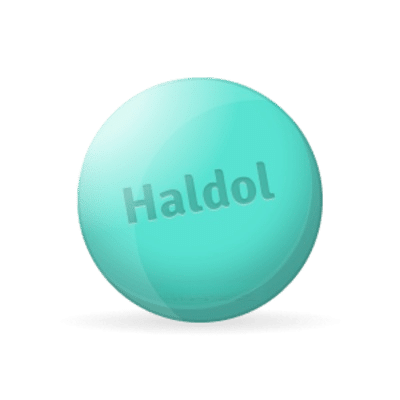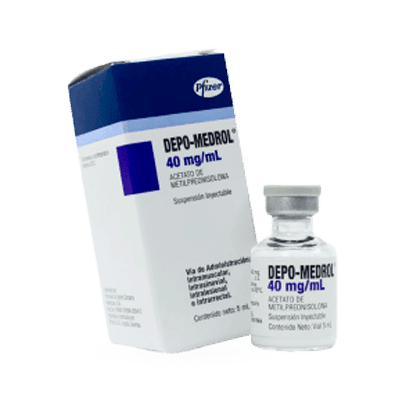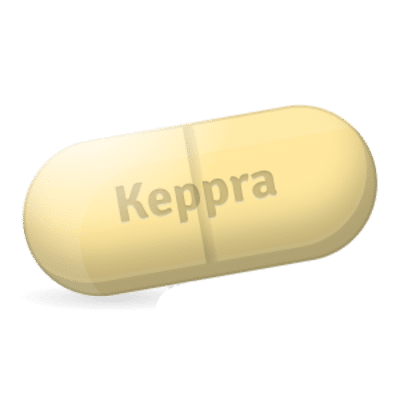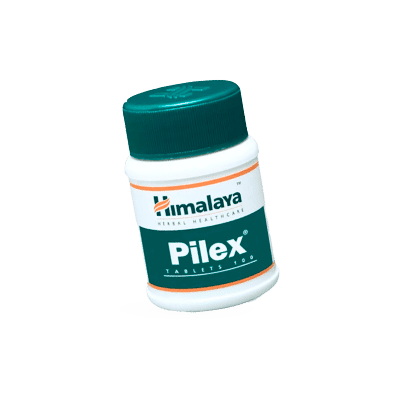The drug helped me cope with constant anxiety and obsessive thoughts. I took it as prescribed by my doctor, and after a few days I noticed a significant improvement. There were no side effects, but I strictly monitored the dosage.

Haldol
Active ingredients: Haloperidol- Quality products
- Support 24/7
- Fast delivery
What is it?
Haldol (haloperidol) is an antipsychotic drug belonging to the group of typical neuroleptics, which is used to treat various mental disorders. The main principle of its action is to block dopamine receptors in the brain, which helps to reduce the symptoms of such conditions as schizophrenia, mania, as well as various types of psychomotor agitation and delirium.
The drug has long established itself in medical practice due to its effectiveness and speed of action. It is often used not only to control psychotic symptoms such as hallucinations and delusions, but also to treat aggressive behavior and severe anxiety in patients. Haldol is also used to treat some forms of acute agitation and can be used to relieve symptoms in patients with Tourette syndrome or severe forms of tics.
Composition
The composition of the drug Haldol includes the active substance haloperidol and auxiliary components that help ensure its stability and absorption by the body. Haloperidol is the main component responsible for the therapeutic effect, as it actively affects the central nervous system.
- Haloperidol is the main active substance, a neuroleptic that blocks dopamine receptors.
- Auxiliary substances, which may include various stabilizers and preservatives that ensure long-term storage and effectiveness of the drug.
- Solvents and fillers, such as water for injection (if the form of release is injection), as well as other components for tablets or capsules, necessary for the correct absorption of the drug.
Such a composition ensures not only high efficiency, but also a stable effect of the drug if the recommendations for its use are followed.
How to use?
The use of Haldol depends on the form of the drug and the individual characteristics of the patient. It is important to strictly follow the doctors recommendations and not exceed the prescribed dose, as improper use can lead to serious side effects.
- For oral administration (tablets or drops), an initial dose is usually prescribed, which can be adjusted depending on the patients response and condition. Tablets should be taken with water, without chewing.
- For the injection form of Haldol, the dose is selected individually, depending on the patients condition and the severity of symptoms. Injections are performed only by medical personnel, usually into the muscle.
- The duration of treatment and the dosage regimen are determined by the doctor based on the clinical picture and response to therapy. If necessary, the dose is adjusted under strict supervision.
It is important to remember that an independent change in dosage or sudden cessation of the drug may cause a deterioration in the condition or an exacerbation of symptoms.
How does it work?
The main mechanism of action of Haldol is related to its effect on the central nervous system, in particular on dopamine receptors. Haloperidol, the active substance of the drug, is a strong dopamine antagonist, which means that it blocks the action of this neurotransmitter in the brain. Dopamine plays a key role in processes related to mood, behavior and perception, and its excess is often associated with psychotic states.
By blocking dopamine receptors, Haldol reduces the activity of nerve signals, which helps reduce symptoms such as hallucinations, delusions and aggressive behavior. This action helps stabilize the patients mental state, alleviating the symptoms of schizophrenia, manic episodes and other disorders accompanied by psychomotor agitation.
This mechanism of action makes Haldol effective not only for relieving acute psychotic symptoms, but also for long-term control of the patients condition, preventing relapses and exacerbations.
Indications
Haldol is prescribed for various mental and neurological disorders when it is necessary to reduce symptoms associated with increased activity of dopamine receptors. The drug is used both in the acute phase and for long-term treatment in maintenance doses.
- Schizophrenia and other psychotic disorders - to control hallucinations, delusions and other symptoms.
- Manic episodes in bipolar disorder - to stabilize mood and reduce agitation.
- Tourettes syndrome - to reduce the severity of tics and involuntary movements.
- Aggressive behavior and psychomotor agitation - in cases where rapid stabilization of the condition is necessary.
- Delirium - to reduce confusion and anxiety.
These indications make Haldol a universal remedy in psychiatric practice, since it can be used in a wide range of conditions associated with mental instability.
Contraindications
The use of Haldol is not recommended in a number of cases where there is a risk of worsening the patients condition or complications. The drug requires caution when prescribing and must be used under the supervision of a doctor, especially in the presence of certain diseases and conditions.
- Hypersensitivity to haloperidol or any other component of the drug - risk of allergic reactions.
- Severe diseases of the central nervous system, such as coma or depression of central nervous system function - the drug can aggravate these conditions.
- Parkinsonism and other extrapyramidal disorders - Haldol can worsen the motor symptoms of these diseases.
- Cardiovascular diseases, including arrhythmias and prolongation of the QT interval - the drug can negatively affect the heart rhythm.
- Pregnancy and breastfeeding - haloperidol penetrates the placental barrier and into breast milk, which can affect the development of the child.
Side effects
Haldol side effects may vary depending on the individual patient, dosage and duration of use. Some may be temporary and disappear as the body adapts, while others require closer attention and possibly adjustment of treatment.
- Extrapyramidal symptoms: tremors, muscle rigidity, slow movements and restlessness. These are some of the most common side effects associated with the effect on dopamine receptors.
- Sedation and drowsiness, especially early in treatment, which may affect daily activities.
- Heart rhythm problems, such as prolongation of the QT interval, which requires cardiac monitoring in patients at risk of arrhythmias.
- Hormonal changes, in particular increased prolactin levels, which may lead to galactorrhea or amenorrhea in women.
- Allergic reactions, including skin rash, itching, and swelling, which require immediate medical attention.
Frequently asked questions
Haldol Reviews and Experiences
The drug was effective in combating attacks of aggression and outbursts of irritability. The initial side effects were minor, but after a couple of weeks my body had fully adapted. I recommend using it only under the supervision of a specialist.
In the first days of taking Haldol I felt some drowsiness and slight weakness, but gradually it passed. The main thing is that the symptoms of schizophrenia became less pronounced, and I was able to lead a more stable lifestyle. I am very pleased with the result.









